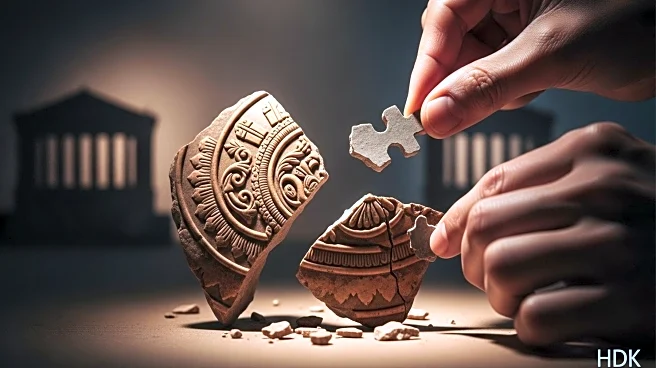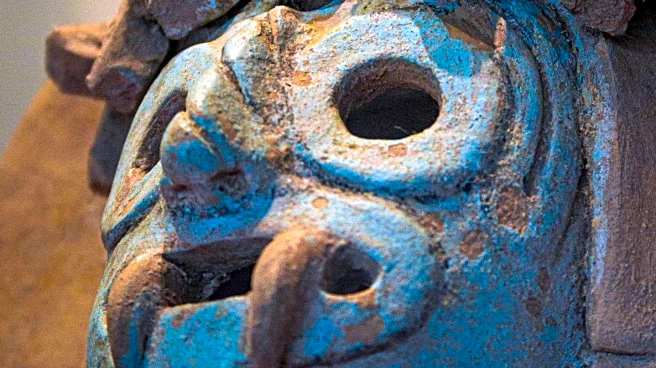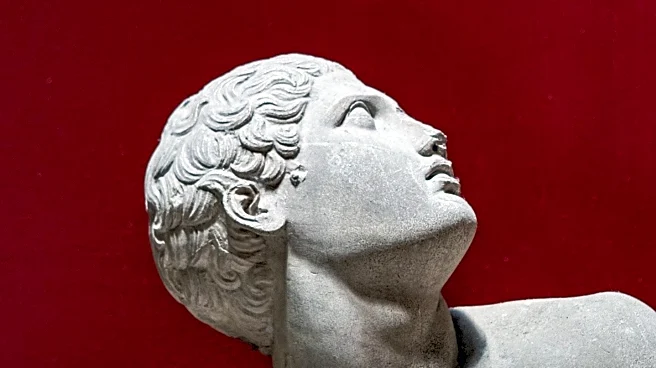What's Happening?
The Metropolitan Museum of Art in New York is set to return an ancient sculpture, the Vessel Stand with Ibex, to Iraq. This decision follows a joint research project with the Iraq Museum in Baghdad, which revealed the sculpture's historical significance and rightful ownership. The sculpture, dating back to the Early Dynastic II period (ca. 2500 B.C.E.), is the earliest known surviving intact piece made using hollow core lost wax casting. This technique, pivotal in the development of large and complex metal sculptures, underscores the advanced artistic and technical mastery of Mesopotamian civilization.
Why It's Important?
The return of the Vessel Stand with Ibex to Iraq is significant for both cultural heritage and international relations. It highlights the importance of rightful ownership and the repatriation of cultural artifacts, which is a growing trend in the art world. The research findings provide valuable insights into ancient artmaking techniques, enhancing our understanding of Mesopotamian civilization's contributions to human history. This event also strengthens cultural ties between the U.S. and Iraq, promoting collaboration in preserving and studying historical artifacts.
What's Next?
The Metropolitan Museum plans to make its research on the sculpture available to the public, potentially through interactive in-gallery or online features. This initiative will further educate the public on ancient art techniques and the significance of cultural heritage preservation. The museum's ongoing efforts to repatriate artifacts and its upcoming renovations for new galleries dedicated to ancient West Asian art will continue to shape its role as a leader in cultural preservation and education.










